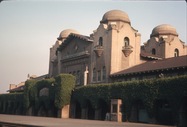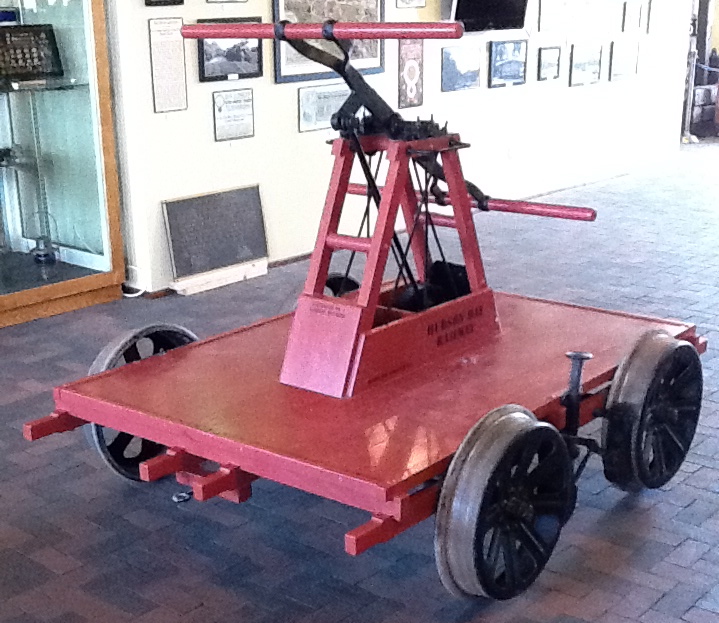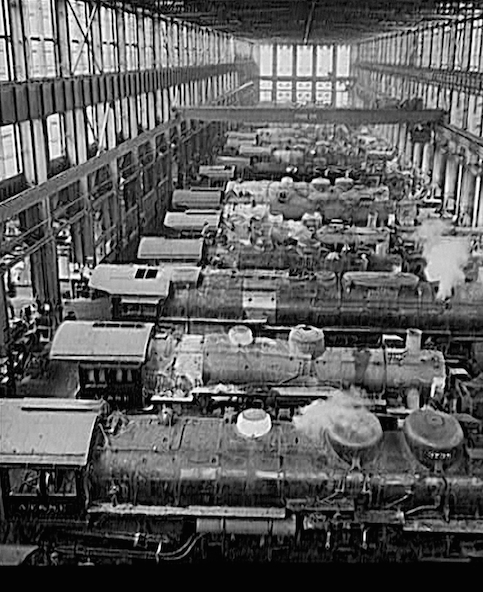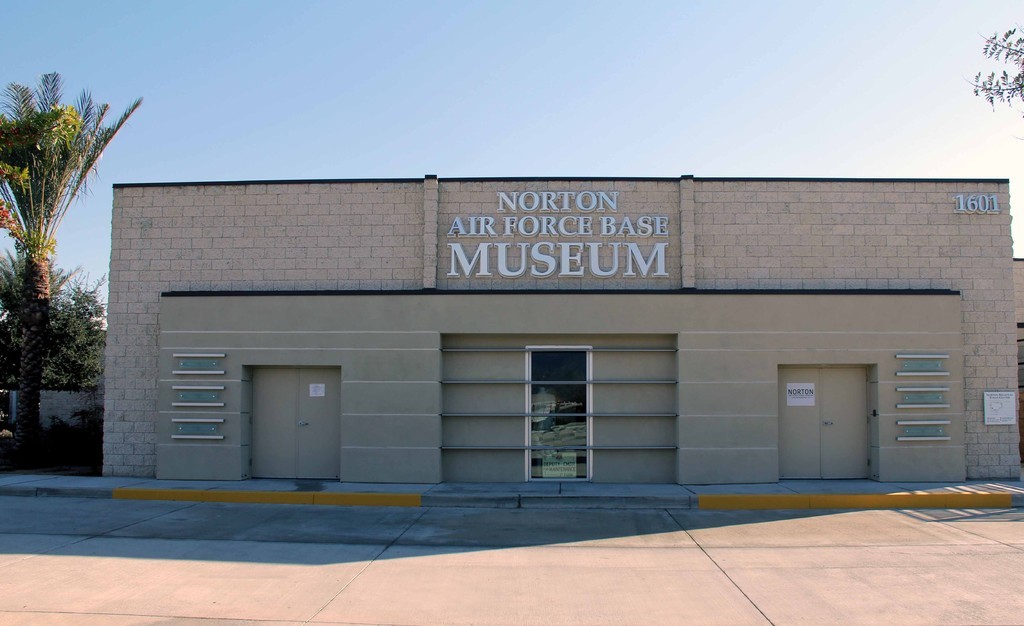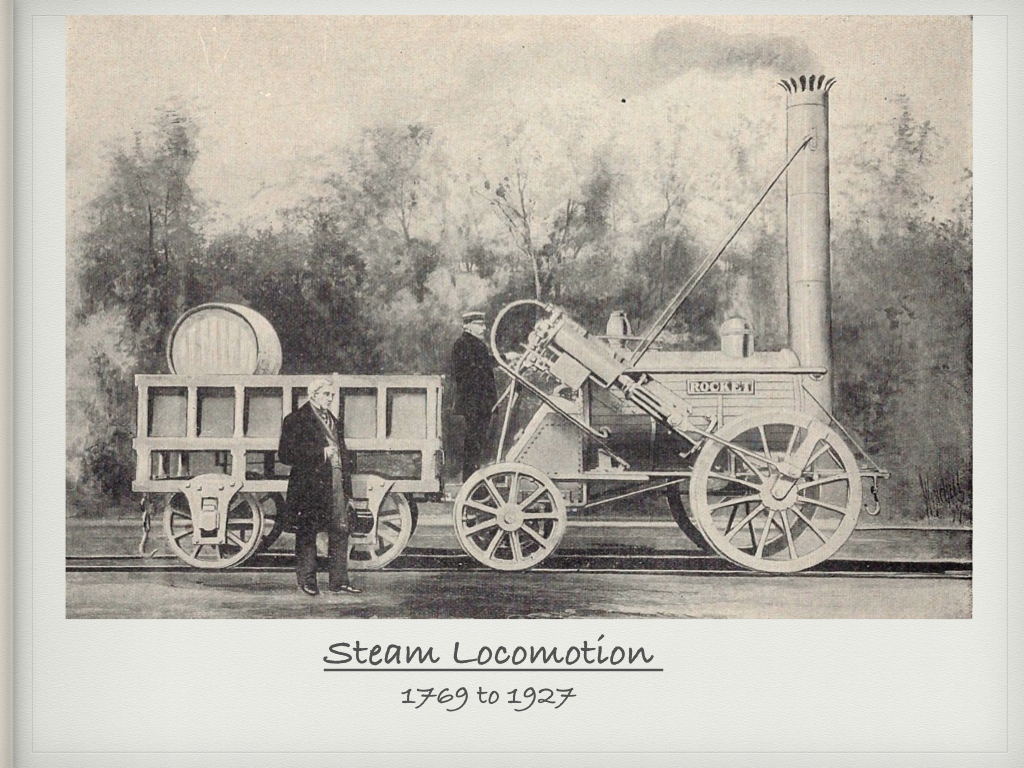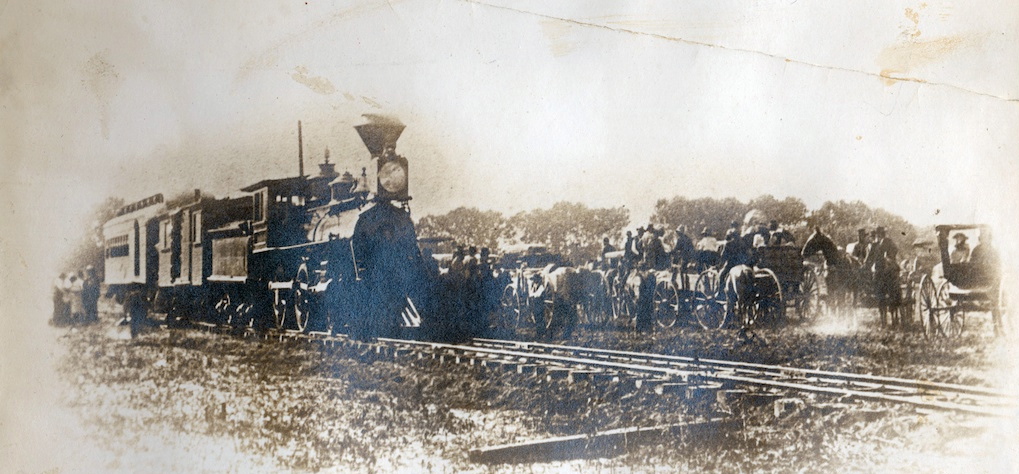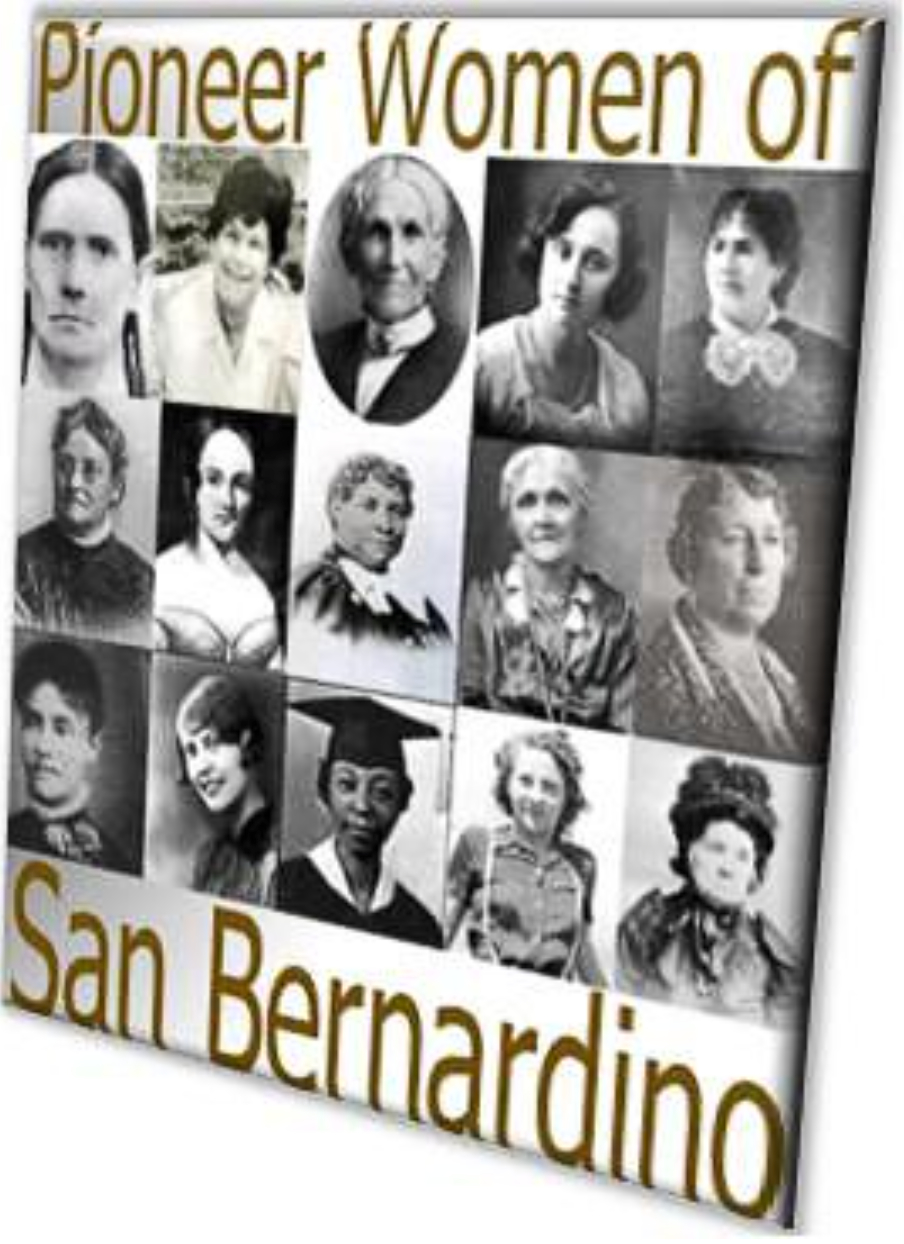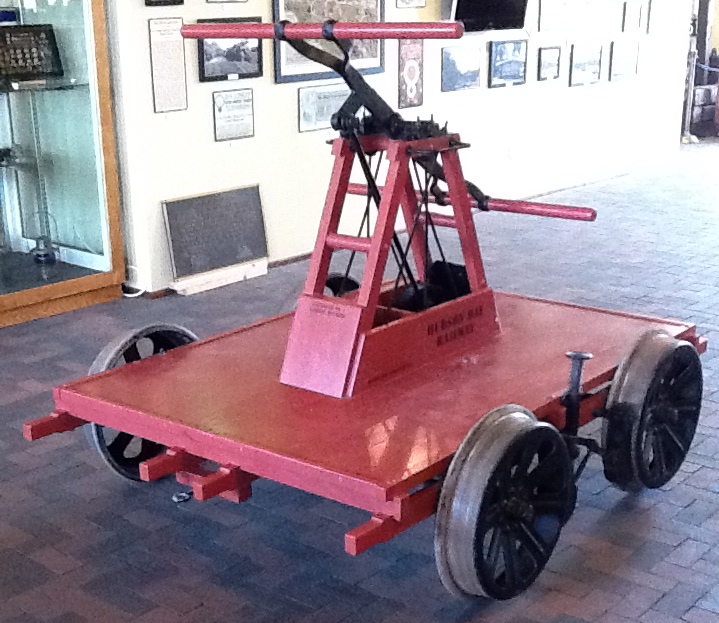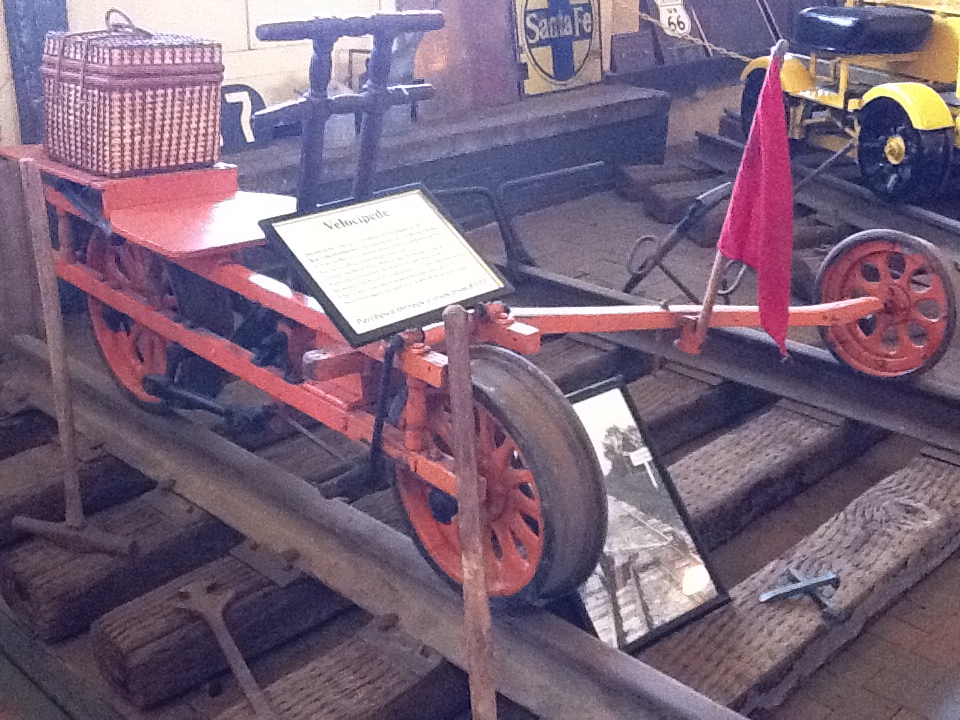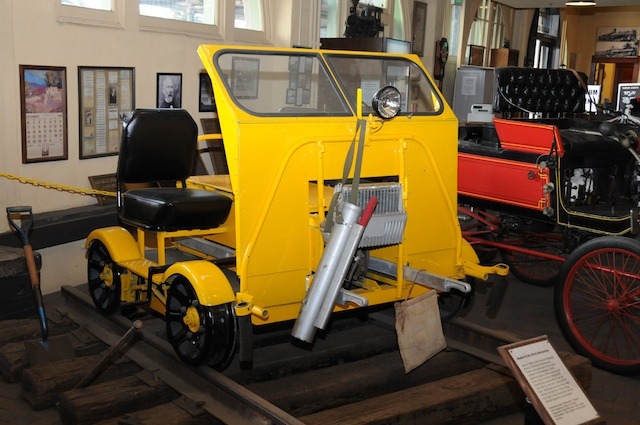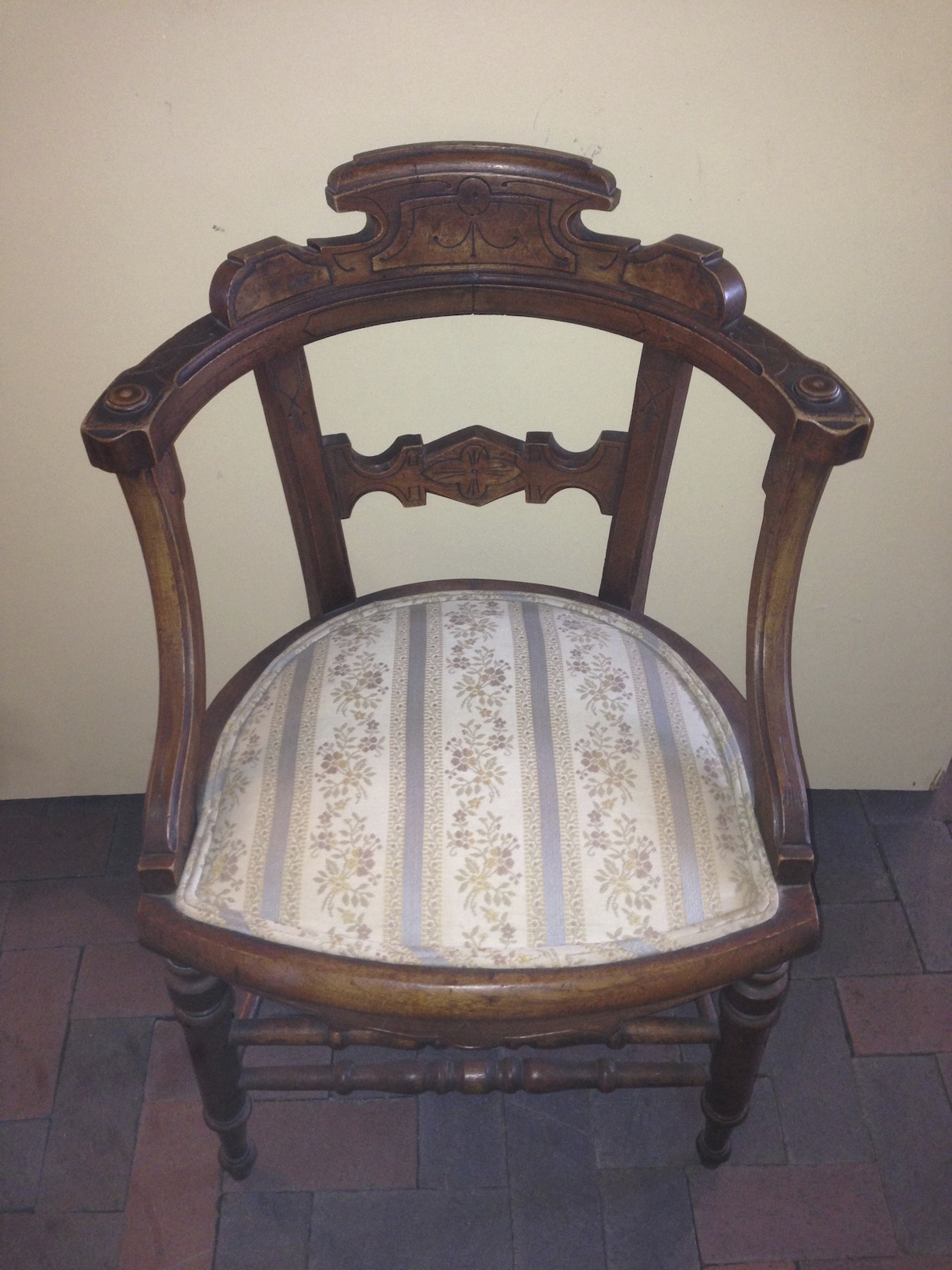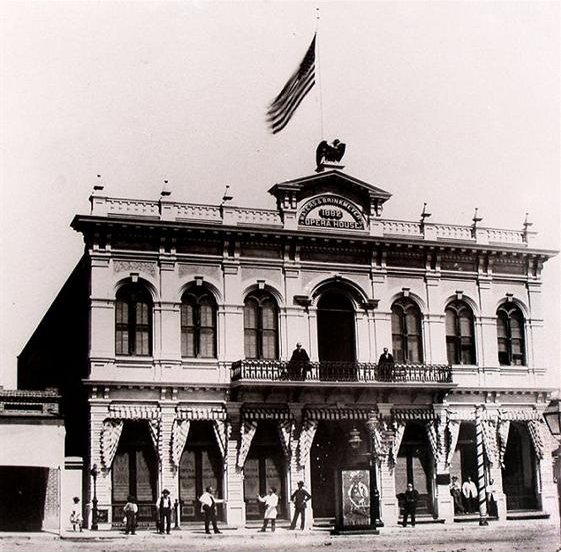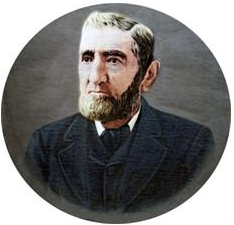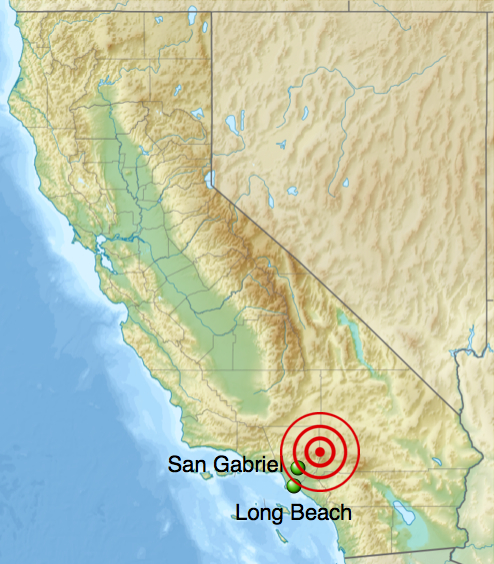
The Wrightwood Earthquake, also known as the San Juan Capistrano Earthquake, occurred December 8, 1812. The epicenter is thought to have been along the San Andreas Fault near Wrightwood with a magnitude of 7.0.
By comparison, the San Francisco quake of 1906 had a magnitude of 7.8 and the Northridge quake of 1994 registered 6.7.
At San Juan Capistrano forty American Indians died when the mortar in the church walls failed and the church collapsed.
Some damage may have been reported at Mission San Gabriel and even San Diego, but records are poor, and it is possible damage may have been the result of an earthquake that happened two weeks later.
Another earthquake happened on December 21st, this time off the coast of Santa Barbara, with a magnitude of 7.0. Santa Barbara Presidio was left uninhabitable, and major damage was reported at missions in Santa Barbara, Lompoc, Santa Ynez, Ventura and San Fernando.
Most of the documentation in early 1800s was kept by the padres at the missions. Although written records may not be available, it is reasonable to assume the Indians of the San Bernardino Valley were surprised and may have been terrified by the December earthquakes.


